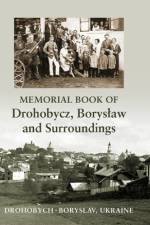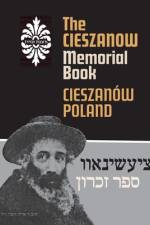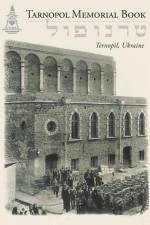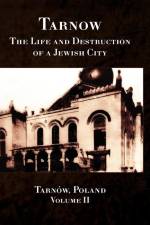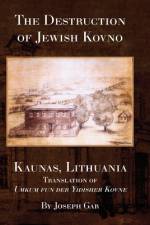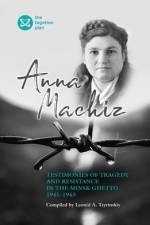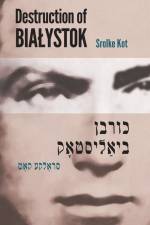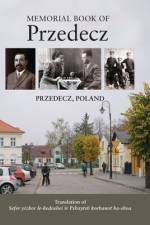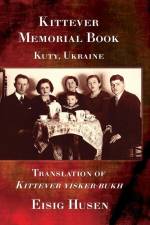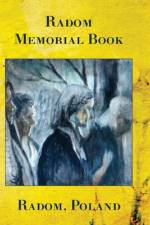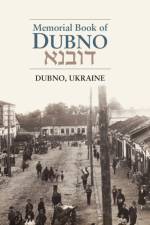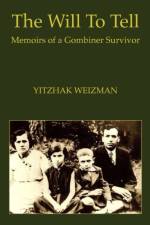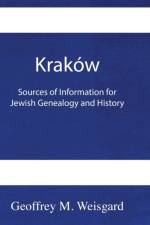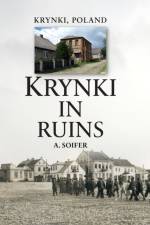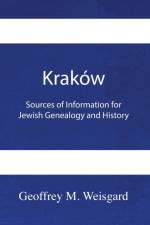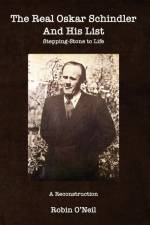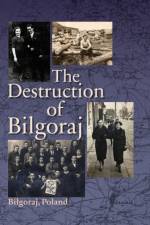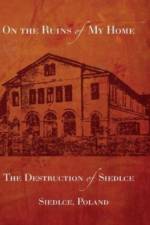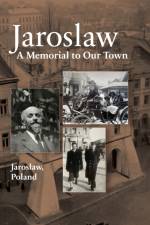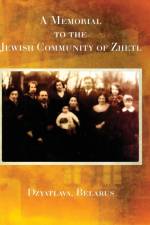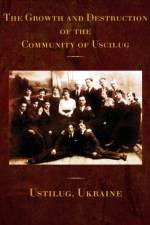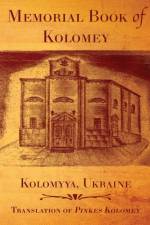av Shmuel Eisendstadt
629
This Yizkor Book memorializes the Jews of Kamenetz‐Litowsk-a shtetl in an area that changed hands overthe centuries, from Lithuania to Poland to Belarus. It was situated on the banks of the Leshna River, in theshadow of the "Sloop", a 14th‐century fortress tower. The Jews of the town took great pride in theKamenetz Yeshiva, a center of advanced Talmudic learning. Young men from all over the world flockedthere to study and to bask in the presence of the renowned Boruch‐Ber Leibowitz, the prodigious head ofthe yeshiva.The Jewish presence was obliterated by the Nazis during World War II. The Jews of the town were firstconfined to a ghetto, then expelled and transported to death camps. Only one Jew, Dora Galperin, washidden by local Christians and survived in and around the town-traumatized by her experience for therest of her life. A few others who had been expelled survived the brutal conditions of work camps. Thesmall number who returned after the war could not bear their neighbors' animosity and emigrated toIsrael and other countries. Nothing remains in Kamenetz of the centuries‐long Jewish presence-no livingJew, not even a trace of the Jewish cemetery.The essays in this Yizkor Book also describe the thriving pre‐war Jewish community. There are biographiesof mid‐19th century Kamenetz adventurers (Menachem‐Mendel of Kamenetz, Yisrael Ashkenazi) whosettled in Israel in the trying conditions of those times. One essay tells us about the 19th‐century career ofa fiery orator, the Maggid of Kamenetz, who emigrated to London in 1890. Two writers (Yeḥezkel Kotik, Falek Zolf) contribute colorful autobiographical pieces on life in the town in the late 19th and early 20thcenturies. We learn about Kamenetz's travails during World War I: the influx of refugees, the Germanoccupation, the epidemics, the blaze that destroyed much of the shtetl, and the bandits-escapedprisoners‐of‐war who hid out in nearby forests.Other essays describe Zionist organizations, the hard‐working communal volunteers, a successful amateurtheatre, a self‐trained orchestra that performed when the Kamenetz Yeshiva was dedicated, and theexperiences of Jewish pupils attending the Polish elementary school in the 1920s. Several articles tell usabout the last Chief Rabbi of the town, the charismatic Reuven Burstein, who perished in Auschwitz; hewas an enlightened, tolerant leader with a profound religious interpretation of Jewish history. Anothertells the story of a brilliant PhD mathematician from Kamenetz, Ayzik Gorny, for whom "Gorny's Theorem"was named; he was teaching in a French university in 1940, yet shared the fate of his fellowKamenetzers-sent from France to his death in Auschwitz. And we are told about the achievements ofthose who had left: the proud, new lives of the immigrants to Israel; and the philanthropicaccomplishments of the immigrants to America. Both groups joined hands to memorialize the town andto write the Yizkor Book. Finally, a detailed necrology, authored by Meir Bobrowski, lists all theKamenetzers, more than 1,700 in number, who perished at the hand of the Nazis.

